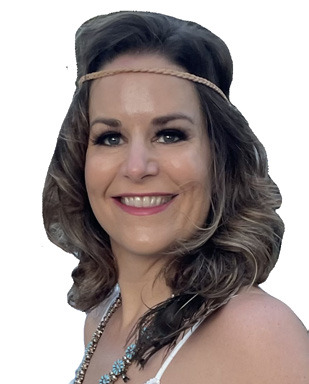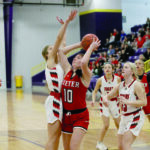Lisa Roark: Doctor’s tips for summer skin protection

Spring and summer are my favorite times of the year in Southwest Missouri.
Graduates are throwing their hats while family members roast in the sun. My pasty white skin has been protected all winter and is begging for some Vitamin D.
However, I really don’t like getting burned. First of all, it hurts. It also peels and looks gross. It causes freckles and moles, skin discoloration, and wrinkles. More importantly, the sun causes trauma to the skin killing some of it but mutating other parts, increasing the chances of skin cancer, which affects 1 out of 5 Americans in their lifetime.
But let’s be honest, I’m still going to enjoy the lake, summer baseball games, and spend as much time under that globe of happiness as possible. I work hard to protect my skin and will share some ideas you can try as well.
First, let’s discuss some easy activity adjustments you can make. Try to avoid being outside for prolonged periods between noon to 2 p.m., when the sun is directly overhead.
Try to do your gardening in the morning, as early as possible. It won’t be as hot, and the sun is much less intense. Wear long sleeves, a wide-brimmed hat and sunglasses. Remember, your eyes are very susceptible to sun damage, as well as your skin. Make sure you have UVA/UVB protection in your sunglasses too.
Don’t forget your sunscreen. It can be really confusing standing in the sunblock aisle, staring at 50 different sunscreens, sunblocks, SPF levels, all with different additives, prices and fragrances. What’s the best option?
Sunscreens literally “screen” the skin from damaging UV rays. It’s easily applied and generally is transparent, which people prefer. When purchasing, make sure it covers both UVA and UVB rays (most sunscreens only cover UVB rays). Most sunscreens contain the active ingredient oxybenzone, which is controversial and may be linked to hormone irregularities and other side effects. So, if you hear someone say sunscreen is worse than the sun, they may not be correct, but it’s worth doing a little research on.
Sunblocks physically block both UVA and UVB rays from penetrating the skin, acting as a barrier. Typically, sunblocks contain either zinc oxide or titanium dioxide (not oxybenzone). Sunblocks work much better than sunscreens, but generally are in lotion form and leave a white film on the skin. Think of a doorway. Your screen blocks a lot of the light, but the door blocks A LOT more. Sunblocks provide significantly better sun protection than sunscreens do with fewer chemicals.
Next, how do you choose the right SPF (Sun Protection Factor)? The higher the SPF, the better sun protection. For example, SPF 15 will allow you to be in the sun 15 times longer than it would normally take to sunburn.
Generally, most outside activity can be done with SPF 30 or higher. Someone who has a dark complexion and rarely burns could likely only wear SPF 30 and not burn. However, a fair complected person with red hair would likely need SPF 60. Just remember to reapply every hour or after swimming or sweating excessively. Expect to use it every hour if you will be spending the entire day in the sun.
Now, suppose you enjoyed the sun too much and got burned; how can you relieve the discomfort?
Take frequent cool baths to relieve the pain. Pat dry gently but leave a little water on your skin then apply a good moisturizer like generic Vaseline. You can also use a moisturizer with aloe vera, or even fresh aloe vera juice from the plant.
However, most aloe formulations found on the sunblock aisle have alcohol in them, which not only stings, but also dries the skin out more. Make sure you read the label.
You can also apply over the counter hydrocortisone cream to the affected area. This will help with the pain and inflammation from the burn. Ibuprofen can also help to take the edge off of the pain. In addition, drink extra water. Sunburns draw fluid to the skin’s surface, pulling it away from the rest of your body. This can cause swelling and even blisters.
If blisters develop, you have a second-degree sunburn and are at higher risks of infections. Do not pop the blisters, they are protecting the new healthy skin underneath.
Most importantly, be thankful for another beautiful day in the Ozarks.
Dr. Lisa Roark is the owner of Roark Family Health and Medical Spa. She may be reached at 417-847-1111.






